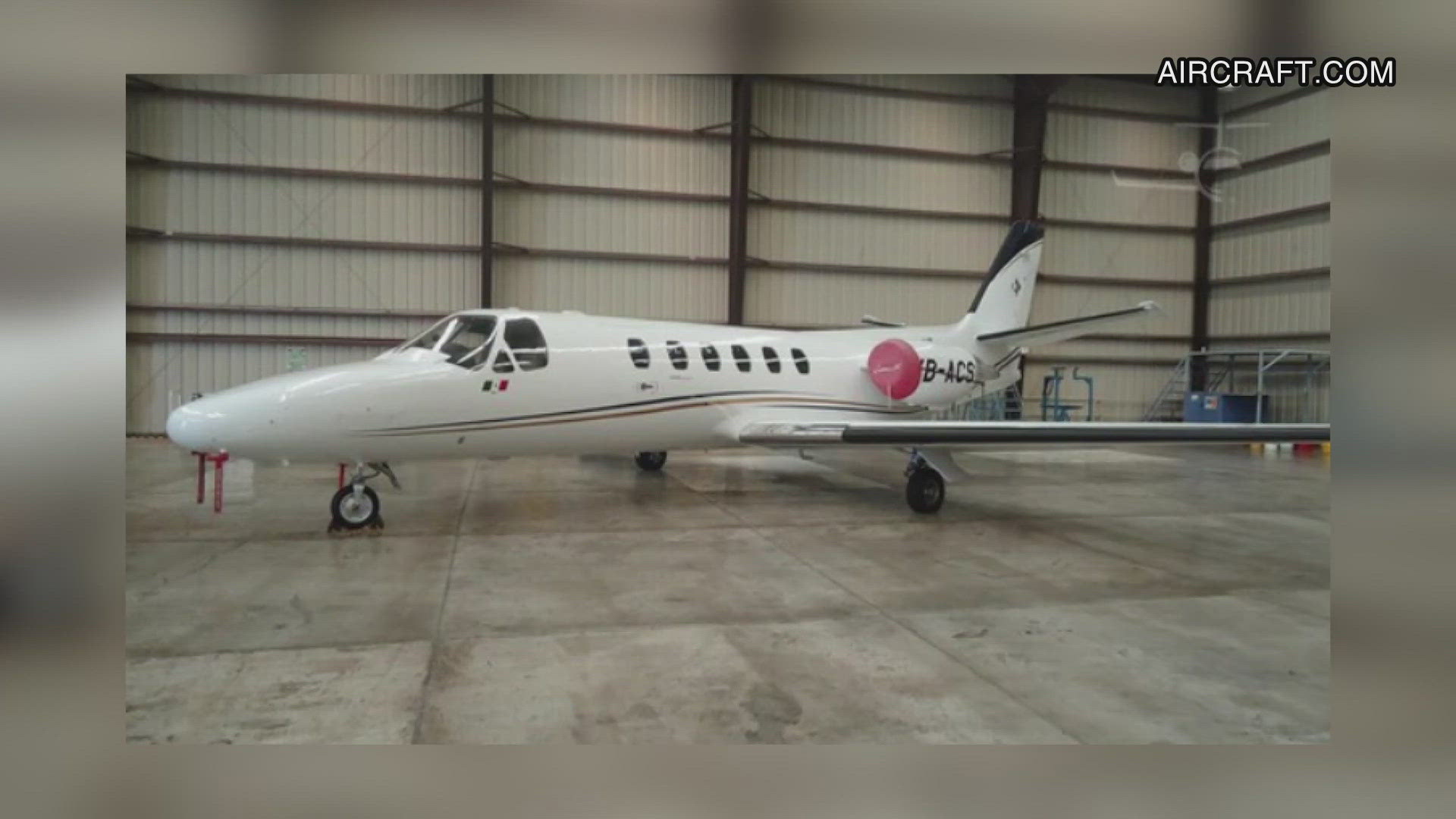ODESSA, Texas — Texas Department of Public Safety has identified the plane that crashed in Odessa as a Cessna Citation 550.
It is a twin engine business type jet that is usually piloted by one or two pilots.
However, it normally comes with a good safety record. Ladd Sanger, a managing partner and aviation lawyer with Slack Davis and Sanger LLP, has flown these types of jets for almost 15 years.
His concerns were raised when he heard that the Cessna was not able to gain altitude.
“This airplane does not have a problem gaining altitude when properly flown, given it's weight and balance parameters," Sanger said. "In fact, this airplane, like all jets, can accelerate to it's take off speed, lose an engine, and still continue to climb."
The plane crash happened early in the morning. According to Langer, it is actually better for a plane to take off and fly in the morning.
“Flying a jet early in the morning is actually preferable because the temperatures are cooler," Langer said. "At cooler temperatures, you get better performance with jets."
He does have some theories as to how the plane was unable to gain altitude.
One theory is that the plane could've had a run in with a wild animal, like a bird or coyote.
"I think that one of the things that needs to be looked at is, was there an issue with the brakes, or the parking brake being released or maybe not completely set or maybe partially set such that it caused the airplane to accelerate slower," Sanger said.
Sanger says that, if everything was all clear with the plane and it had no mechanical issues, then the amount of thrust that both engines can generate should’ve been more than enough to give the plane all the altitude it needed.
“With both engines, or frankly even one engine operating normally, the airplane would have accelerated faster than what the data shows this aircraft did," Langer said. "That means that there's either a significant reduction in thrust on both engines, or there is some significant drag.”
However, the true cause of what caused the accident will not be determined until a full investigation is done.
“I think it's too early to say to draw any distinct conclusions, but the things that I would be looking at are parking brake issues and potential bird or wildlife issues," Sanger said. "The performance profile here is not an all indicative of the performance of the aircraft.”
Both the National Transportation Safety Board and the Federal Aviation Administration are conducting an investigation into the crash.

